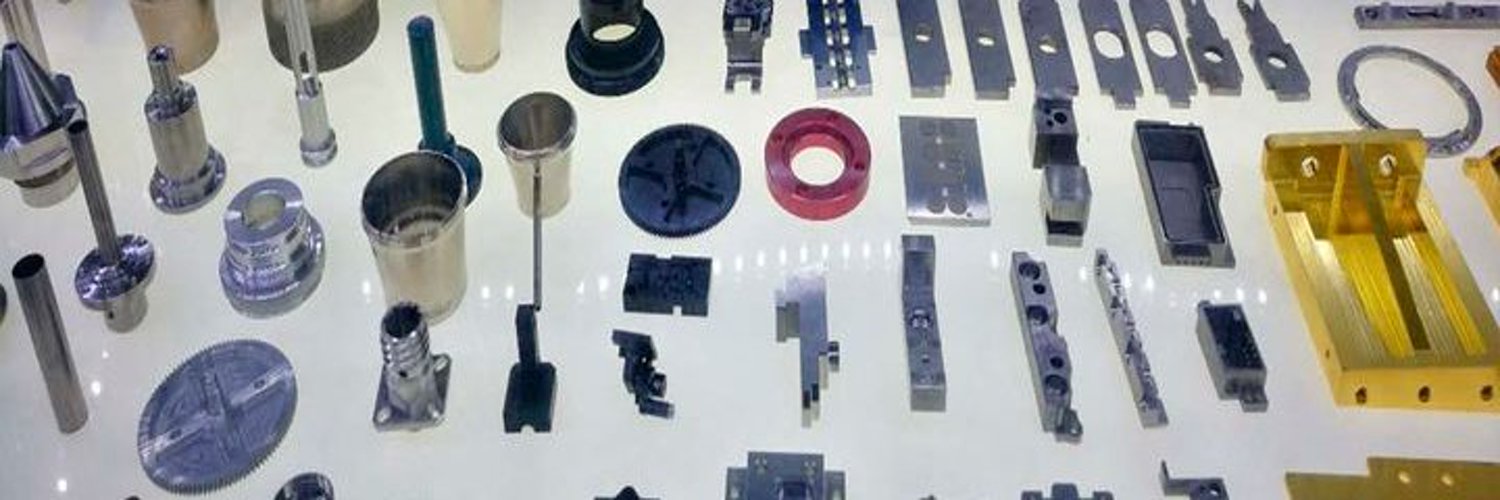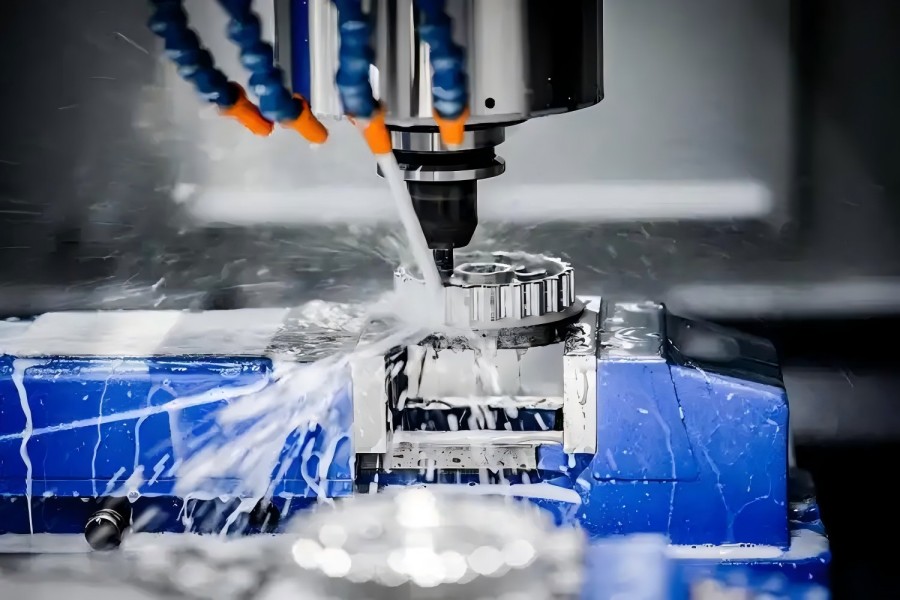Support Categories
Contact Us
020-86988980
- Guangzhou Sinoth Import and Export Co., LTD
Tel: 020-8968-8980
Website:www.gzsynoth.com
Email: belinda@dginfa.com(24 hours online)
Phone: +86 189 2740 6786
Address: No 5, Jinshi Three Street, Shiling Town, Huadu District,Guangzhou City, Guangdong Province
Support
Current Location:Home > Support > Support
How CNC Machining Factories Handle CNC Machining Defects?
Add Time:2025-04-15
CNC machining factories employ a comprehensive and systematic approach to handle defects, ensuring high-quality production and continuous improvement. Here's an organized breakdown of their strategies:
First. Prevention Strategies
Machine Calibration & Maintenance: Regular calibration and preventive maintenance of CNC machines to avoid misalignment or mechanical wear.
Advanced Tooling: Use of high-quality, wear-resistant tools and real-time monitoring systems (e.g., IoT sensors) to predict tool failure.
Process Simulation: CAD/CAM software for simulating machining processes to detect potential errors in G-code before production.
Operator Training: Ongoing education on CNC programming, tool handling, and quality standards to minimize human error.
 Second. Quality Control & Detection
Second. Quality Control & Detection
In-Process Inspections: Real-time monitoring using probes or laser scanners to check dimensions during machining.
Post-Process Verification: Tools like CMMs, optical comparators, and surface roughness testers for detailed inspection.
Automated Systems: Integration of AI-driven vision systems or automated CMMs for rapid, accurate defect detection.
Third. Root Cause Analysis (RCA)
Methodologies: Tools like Fishbone diagrams, 5 Whys, or Failure Mode and Effects Analysis (FMEA) to trace defects to their source (e.g., tool wear, material flaws, programming errors).
Data Analytics: Leveraging SPC software to identify trends and anomalies in production data.
Fourth. Corrective Actions & Containment
Immediate Fixes: Adjusting machining parameters, replacing worn tools, or revising CNC programs.
Quarantine: Isolating defective batches to prevent mixed shipments.
Rework/Scrap Decisions: Evaluating if parts can be salvaged via re-machining or must be scrapped, based on material properties and cost.
Fifth. Supplier & Material Management
Supplier Audits: Ensuring raw materials meet specifications through certifications (e.g., ISO 9001) and material testing (e.g., hardness checks).
Certified Materials: Sourcing from reputable suppliers with traceable material certifications.
Sixth. Customer Communication
Transparency: Informing clients of delays or quality issues promptly.
Resolution: Offering replacements, expedited reprocessing, or design adjustments to meet requirements.
By combining rigorous prevention, cutting-edge technology, and a culture of continuous improvement, top factories minimize defects and swiftly address any issues, maintaining their reputation for precision and reliability.
First. Prevention Strategies
Machine Calibration & Maintenance: Regular calibration and preventive maintenance of CNC machines to avoid misalignment or mechanical wear.
Advanced Tooling: Use of high-quality, wear-resistant tools and real-time monitoring systems (e.g., IoT sensors) to predict tool failure.
Process Simulation: CAD/CAM software for simulating machining processes to detect potential errors in G-code before production.
Operator Training: Ongoing education on CNC programming, tool handling, and quality standards to minimize human error.

In-Process Inspections: Real-time monitoring using probes or laser scanners to check dimensions during machining.
Post-Process Verification: Tools like CMMs, optical comparators, and surface roughness testers for detailed inspection.
Automated Systems: Integration of AI-driven vision systems or automated CMMs for rapid, accurate defect detection.
Third. Root Cause Analysis (RCA)
Methodologies: Tools like Fishbone diagrams, 5 Whys, or Failure Mode and Effects Analysis (FMEA) to trace defects to their source (e.g., tool wear, material flaws, programming errors).
Data Analytics: Leveraging SPC software to identify trends and anomalies in production data.
Fourth. Corrective Actions & Containment
Immediate Fixes: Adjusting machining parameters, replacing worn tools, or revising CNC programs.
Quarantine: Isolating defective batches to prevent mixed shipments.
Rework/Scrap Decisions: Evaluating if parts can be salvaged via re-machining or must be scrapped, based on material properties and cost.
Fifth. Supplier & Material Management
Supplier Audits: Ensuring raw materials meet specifications through certifications (e.g., ISO 9001) and material testing (e.g., hardness checks).
Certified Materials: Sourcing from reputable suppliers with traceable material certifications.
Sixth. Customer Communication
Transparency: Informing clients of delays or quality issues promptly.
Resolution: Offering replacements, expedited reprocessing, or design adjustments to meet requirements.
By combining rigorous prevention, cutting-edge technology, and a culture of continuous improvement, top factories minimize defects and swiftly address any issues, maintaining their reputation for precision and reliability.



